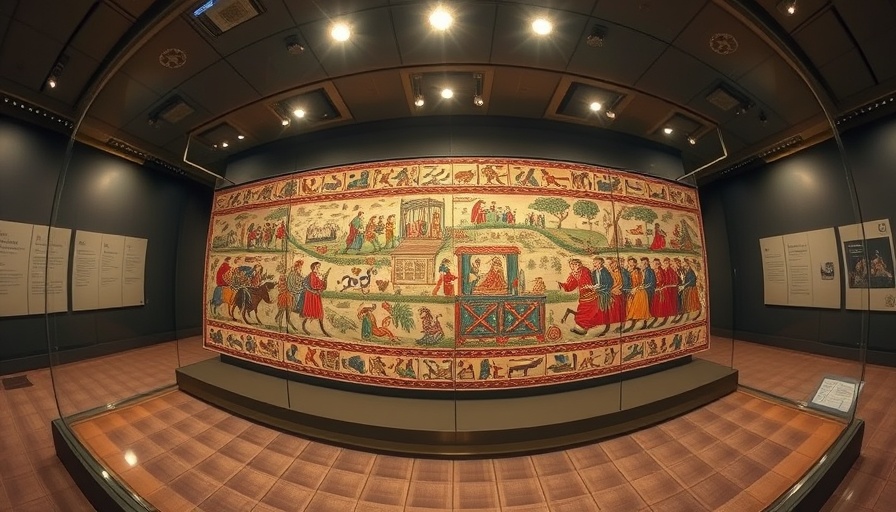
Unpacking the Allure of Vermeer’s Iconic Painting
When one thinks of masterpieces in art history, Johannes Vermeer’s "Girl with a Pearl Earring" effortlessly comes to mind. This enchanting painting of a young girl, rendered with exquisite detail and luminous color, captivates audiences not only for its beauty but also for the myriad of mysteries that surround it.
The Story Behind the Painting
Created in the 1660s, this artwork is often referred to as the "Mona Lisa of the North." Vermeer, a Dutch painter revered for his masterful use of light and color, painted this piece during the Dutch Golden Age, a time where artistic innovation reigned supreme. Despite its fame, very little is known about the subject of the painting, adding to its intrigue.
The Enigmatic Expression that Engages Viewers
What makes the "Girl with a Pearl Earring" so captivating is her expression. She almost seems to engage in a silent conversation with the viewer, her lips slightly parted, almost as if she is about to speak. This subtle gesture gives the painting a lifelike quality, inviting onlookers to interpret her thoughts and emotions.
A Gateway to Understanding Dutch Culture
Delving deeper into this artwork provides an enriching insight into 17th-century Dutch culture. Vermeer's use of domestic interiors, along with the fashion represented in the painting, offers a glimpse into the lifestyle of the time. The pearl earring itself could signify wealth and status, reflecting the socio-economic conditions of the era.
Vermeer’s Unique Technique: A Blend of Science and Art
What sets Vermeer apart is not just his subject matter but also his technique. He employed a unique method involving a camera obscura, allowing him to achieve a stunning level of realism. This intersection between science and art showcases Vermeer’s innovative approach and dedication to his craft, something that resonates with aspiring artists today.
The Painting’s Influence on Modern Art
Today, the "Girl with a Pearl Earring" continues to be a source of inspiration for contemporary artists and filmmakers. Its presence in popular culture has expanded, influencing fashion, advertising, and even cinema. The painting reminds us of art’s power to transcend time and inspire future generations to explore self-expression.
Why This Masterpiece Matters in Today’s Society
In a world that often feels disconnected, Vermeer’s painting serves as a bridge to the past, allowing viewers to connect on a human level. The emotional resonance it carries speaks to the timeless nature of art and its ability to foster community through shared admiration.
Explore Vermeer’s World
For art enthusiasts and casual viewers alike, understanding the significance of "Girl with a Pearl Earring" enhances the viewing experience. It compels us to look beyond the canvas and appreciate the rich history embedded in each brushstroke. Art has a unique ability to inspire, provoke thought, and create connections among individuals, highlighting its importance in our everyday lives.
Don't miss the chance to explore local galleries and art shows featuring similar works. Engaging with art not only enriches our knowledge but also nurtures our sense of community and appreciation for creativity.
 Add Row
Add Row  Add
Add 




Write A Comment